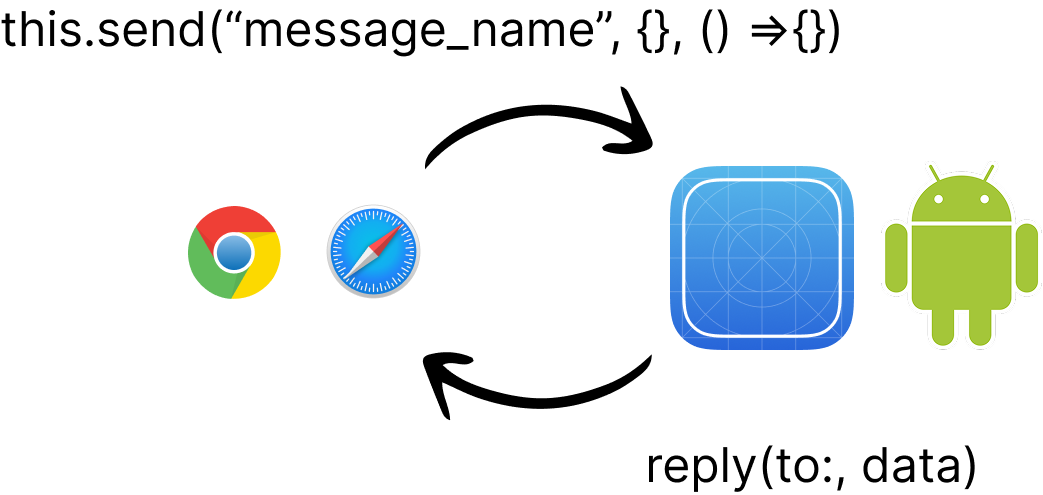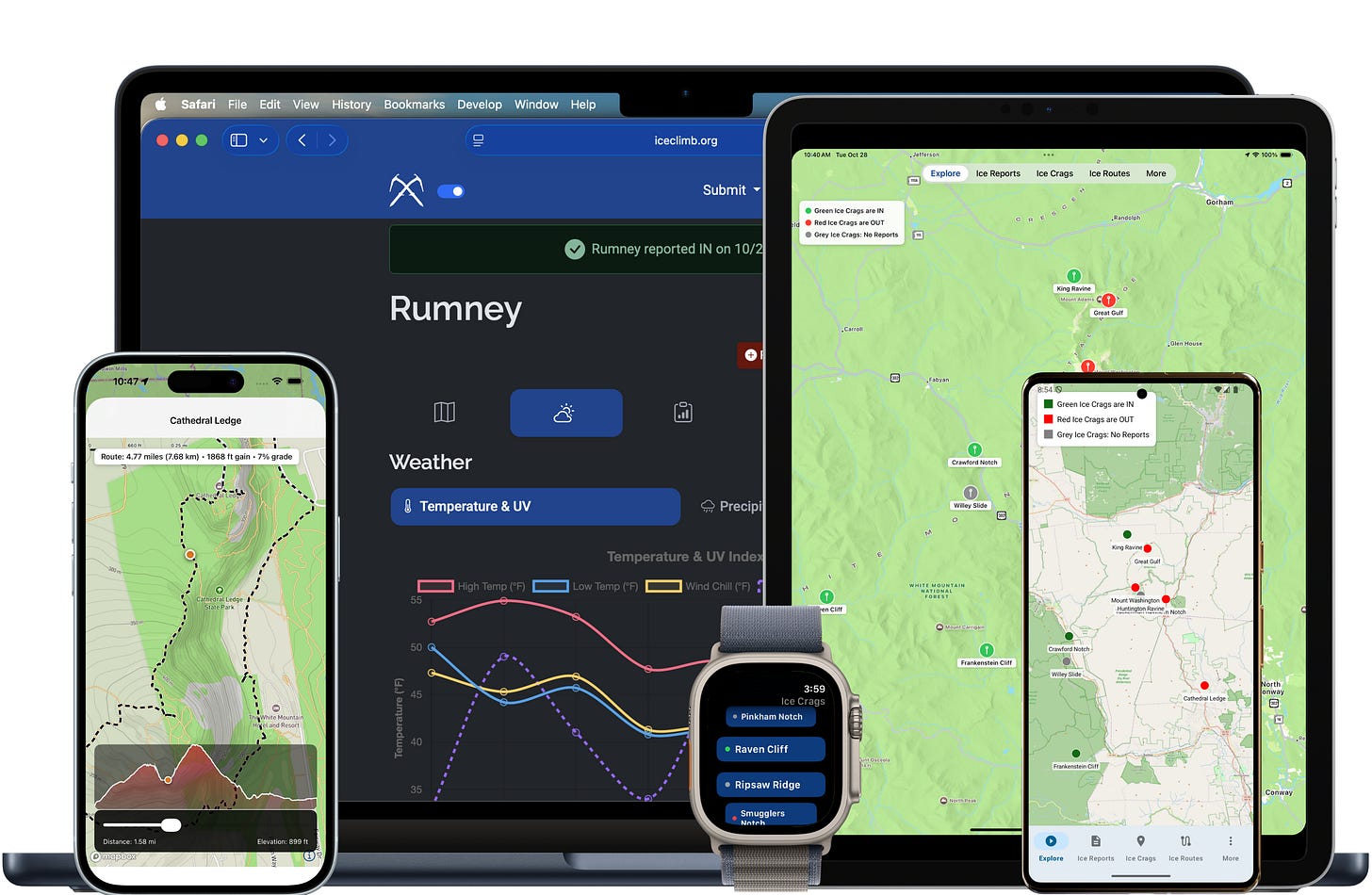Hotwire Native Around the Web - November
Links to articles on debugging Hotwire Native, deep links, Google Sign-In, and more from other Hotwire Native developers.
When I’m not writing about Hotwire Native I’m probably reading about it!
For November’s edition of Hotwire Native Around the Web we’ve got a 3-part series on debugging, how to better handle deep links, and an example implementation of Sign-In With Google.
Did you recently cover Hotwire Native on your blog or newsletter? Send me a message and I’ll make sure to include it in next month’s round up.
Debugging Hotwire Native series
by William Kennedy
William Kennedy wrote a 4-part series on debugging Hotwire Native apps. He kicks off with an overview of the framework covering the basics: Hotwire, Turbo, native adapters, and bridge components.
The second article runs through a series of checks to debug almost any Hotwire Native issue. I like the approach he takes here. He starts with the most obvious questions, like if Turbo Drive is enabled. Then, by getting progressively more specific, he narrows down the issue without spending a ton of time debugging. (Ideally!)
The third is a quick guide on how to attach the web debugger to running iOS and Android apps. This is a great way to see JavaScript runtime issues that pop up when debugging bridge components.
Jessie Waites also wrote a guide on how he debugs custom bridge components.
William wraps up with some tips on how to use loggers across all the languages: Swift, Kotlin, JavaScript, and Ruby.
Deep link into iOS apps with Universal Links
by Dennis Paagman
Dennis works through the infrequently used and poorly documented (that’s on me!) RouteDecisionHandler classes. These are used to attach custom behavior to specific routes. Like when a URL from a new domain is visited then the in-app browser is opened.
He creates a custom subclass, UniversalRouteDecisionHandler, to open links in their respective apps. With his changes applied, when a user taps a Google Maps link in his app it opens directly in Google Maps! Not the in-app browser or even Safari.
And the best part? This is getting upstreamed into Hotwire Native iOS.
An example Google Sign-In flow for iOS
Josh McArthur
Josh provides some example code on how he integrated Google Sign-In for his Hotwire Native app. It consists of a bridge component to catch the “Sign In With Google” button and do some handling in Swift. After it authorizes the user via the native SDK, it passes the token back to the server for authorization.
I love that someone finally wrote a bit about this! This is pretty close to the flow I use when implementing OAuth for my clients. I’m hoping to do a deep dive on this, and other providers, soon. Stay tuned!
Introducing the IceClimb App Suite
Jesse Waites
Jesse launched another addition to the IceClimb software suite: an Apple Watch app!
The core of the app is built with Ruby on Rails with the iOS and Android apps powered by Hotwire Native. But the Apple Watch app is written in SwiftUI. This is another example of how extensible Hotwire Native is.
It also stays true to how I personally iterate on products:
Build for the web with mobile-friendly views
Build iOS and Android apps with Hotwire Native
Build additional native features in Swift and Kotlin





